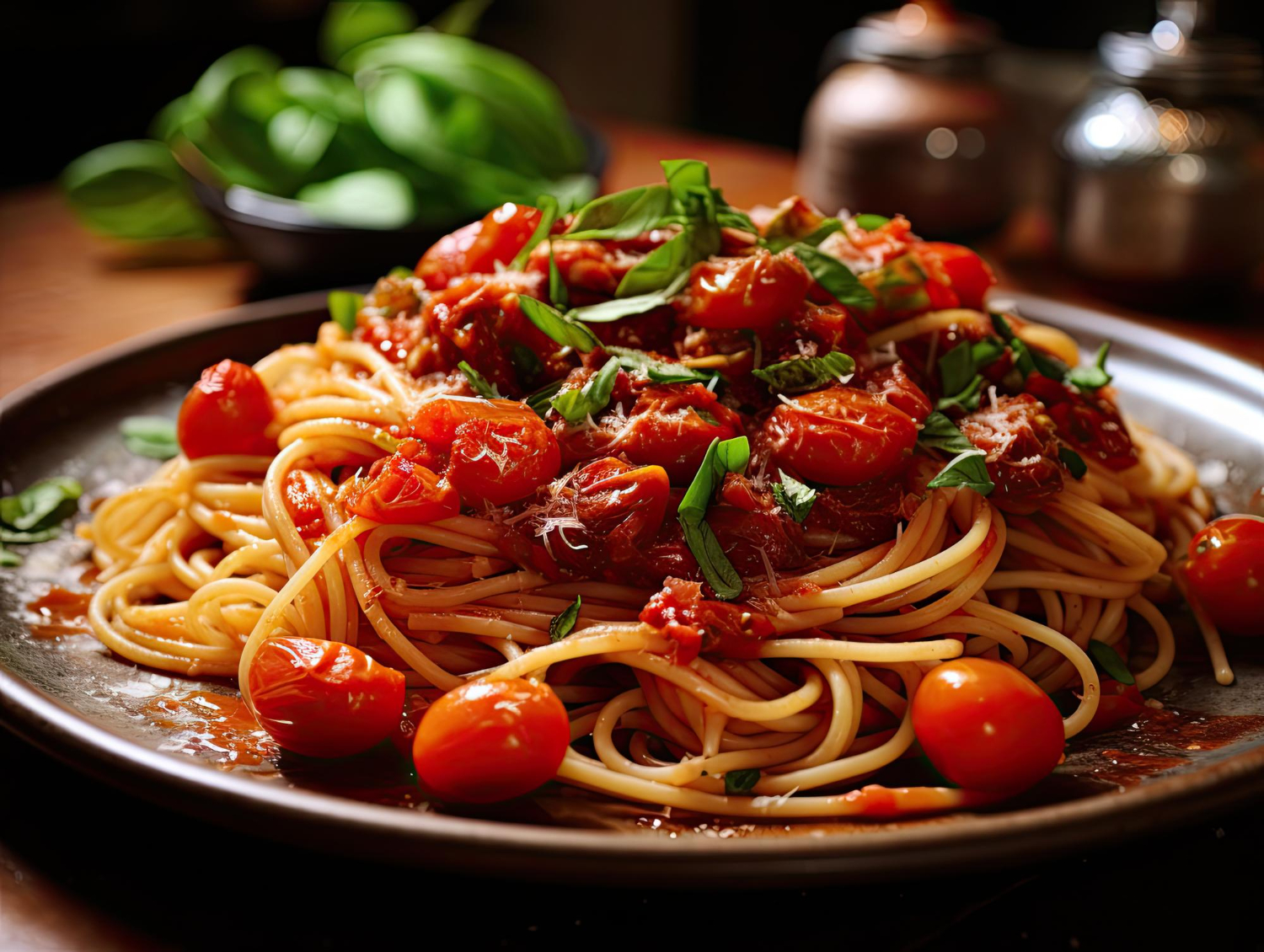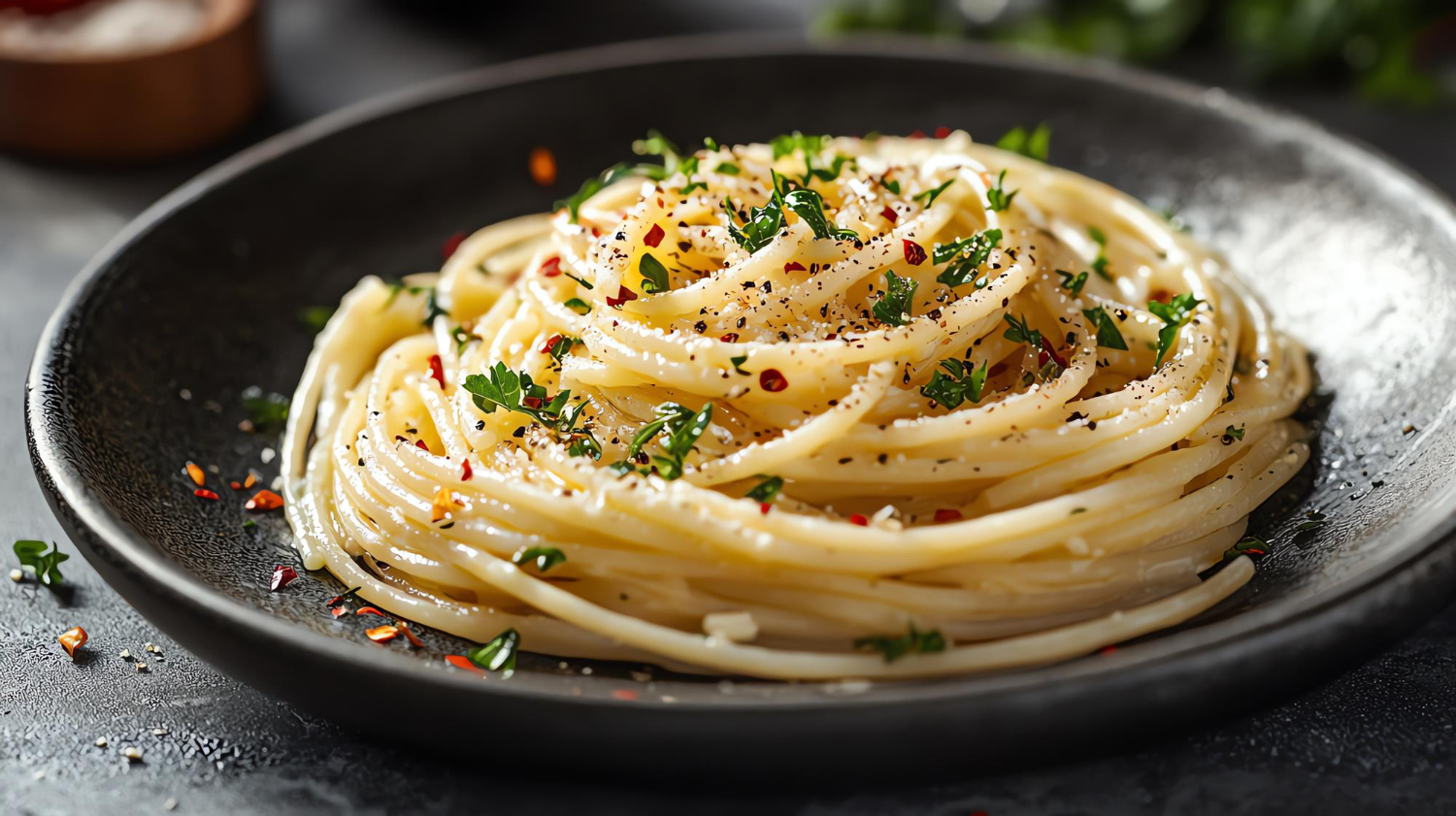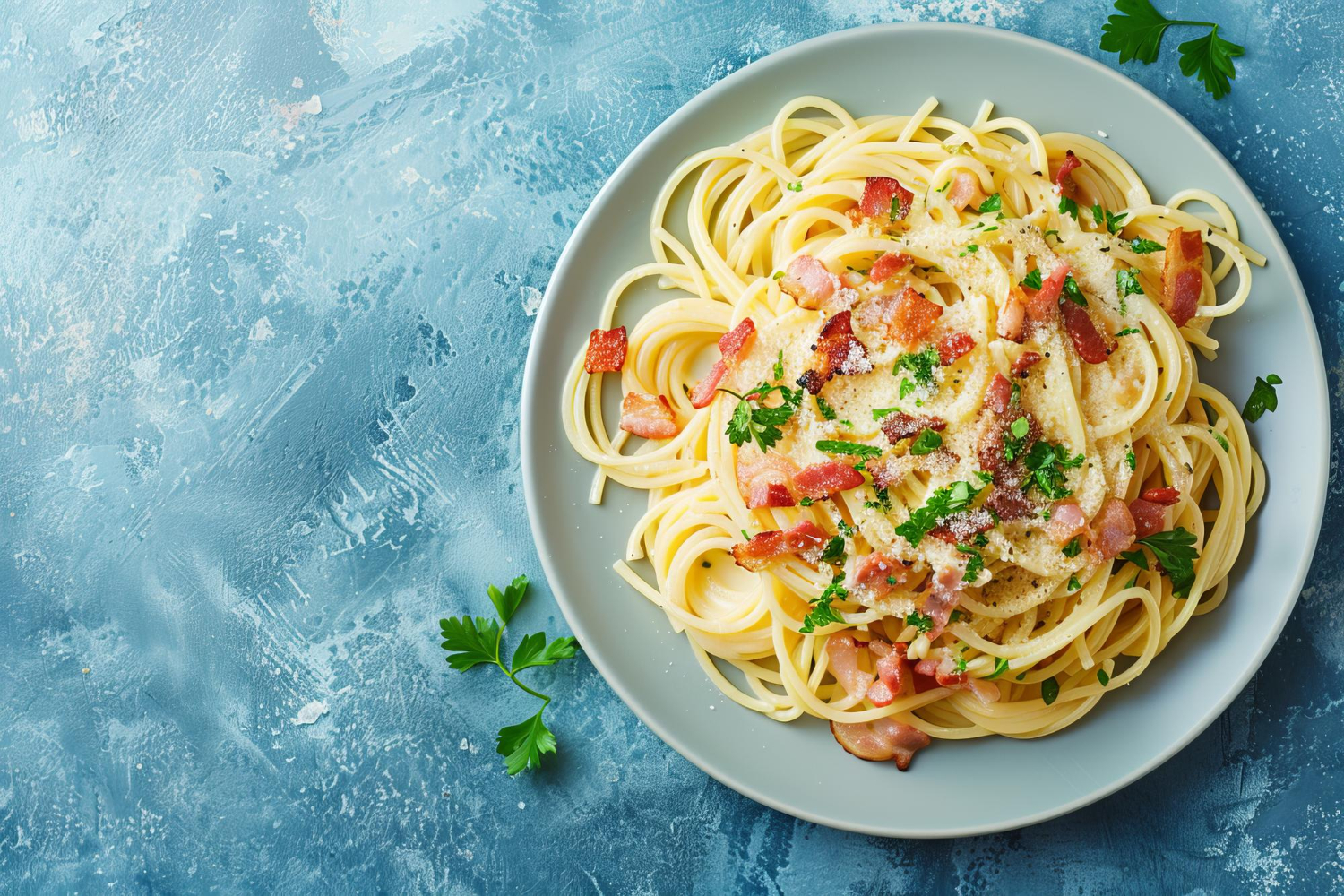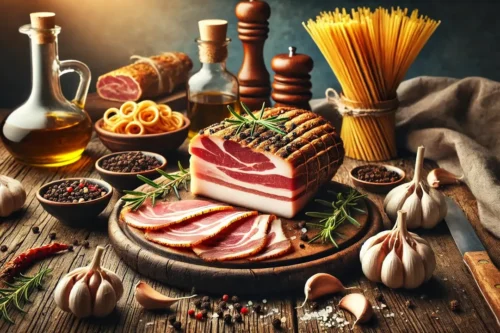Photo: Freepik
Of all the Mediterranean foodstuffs, spaghetti is certainly the most iconic, having its place in history and culture for as long as it has existed. The length in whole strands represents an aesthetic appeal that’s closely linked with traditions and methodologies in preparing this highly cherished pasta dish. Some might break the spaghetti in half before cooking it in their pots – dubious practice, however, to many Italians. We will discuss the tradition of spaghetti and break it by snapping it.
A brief history of spaghetti
Spaghetti has its origin in Italy but the specific and exact derivation of it cannot be accurately attained, often attributed to the Arab equation with Sicily in the 9th century. The birth of the ‘miracle’ occurred at an early dry stage which was probably well suited for lengthy preservation times and hence regarded as a necessity for people traveling as well as the sailors. Later, pasta evolved in Italian culture and took the form of a new cultural shape, with every specific region creating shapes and flavors.
The word “spaghetti” itself comes from the Italian spago, or “string” or “twine,” a reference to the long, thin strands of pasta. Sometime during the 18th century, it was popular in southern Italy; people used to prepare it with plain tomato sauces or just olive oil and garlic. The first point has to do with the shape and how this has always been central to its consumption, which in turn embodies its tradition up until the present day.

Photo: Freepik
While this might be broken in half to fit a smaller pot of cooking pasta, the right practice follows its nature. Here’s how:
- Eating experience: Spaghetti is meant to be twirled on the fork for a tidy, satisfying bite. Cutting it into smaller lengths makes it harder to do this and results in a messier way of eating the pasta.
- Cooking consistency: Unbroken spaghetti will cook evenly because all the strands will have the same length. If they are broken, the shorter pieces may, of course, cook through more quickly and thus give an uneven texture.
- Cultural respect: Italian cuisine has very deep traditional foundations and breaking spaghetti is a clear sign of disrespect towards cultural heritage. For many Italians, making and eating spaghetti almost becomes a ritual; breaking it devalues this experience.
Logical Prevention: Breaking Long Strands-The first reason why breaking spaghetti causes inconvenience is that unbroken pieces are easier when eating than food that is already cut. This also explains why long spaghetti strands are considered good when making foods like spaghetti alle vongole or aglio e olio. The length will make it possible for the sauce to cover the pasta in an even manner thereby getting a perfect flavor balance.
Here are the right ways to cook spaghetti without breaking the strands:
- Use a large pot: Fill a large pot with water and bring it to a boil. A pot should have enough space for the long strands of spaghetti to fully submerge and cook properly.
- Wait a moment: Wait for the water to boil, then add the spaghetti. After about three minutes or so, most of the spaghetti will bend enough to fit into the pot, although some pieces may stick out.
Keep stirring: Stir frequently during the initial 2 minutes of cooking spaghetti to prevent it from sticking to the bottom of the pan and clumping together. This will help the strands cook evenly.
The sense of taste is only half of eating spaghetti as the experience of eating spaghetti. Normally, Italians sweep pasta using only a fork from the plate to get a manageable mouthful. This process gives them the long pieces, which is one of the reasons why spaghetti is so much fun to eat. Some other non-Italians may use a spoon to help achieve this. However, purists would want you to do it only with a fork.
Celebrating spaghetti traditions
Spaghetti is more than just a type of pasta; it’s a culinary icon that represents Italy’s rich heritage. Whether served simply with olive oil and garlic or as part of a complex sauce, the long strands of spaghetti invite diners to engage with the dish in a way that shorter pastas cannot.
By embracing the tradition of spaghetti—cooking it unbroken, twirling it with care, and savoring each bite—you’re not only enjoying a meal but also participating in a time-honored practice that has been cherished for centuries. So the next time you prepare spaghetti, resist the urge to break it. Instead, let the long strands remind you of the beauty and simplicity of Italian cuisine. Buon appetito!
Zdroj: ZadnySpeky.cz















